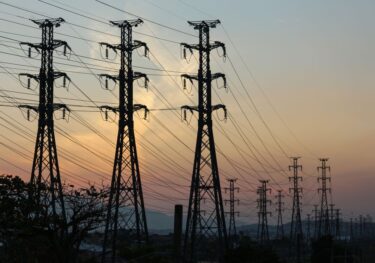Global: Hydrogen’s role in the transition to clean energy
A key component on the road to global net-zero is reducing the emissions of those hard-to-decarbonise sectors; chiefly, in heavy industry and long-distance transport, which require either high combustion temperatures or high energy content.
Low-carbon hydrogen, as a possible alternative to fossil fuels in this context, is therefore potentially critical for reaching net-zero and could play an important complementary and enabling role alongside clean electricity in decarbonising our global energy systems.
However, the hydrogen economy starts from a low base. Its applications today are mainly confined to industry and as a potential feedstock. Moreover, most of the hydrogen produced today comes at the cost of significant carbon emissions.
What you will learn:
- How industry and transport could seem to offer the greatest potential for hydrogen use
- The hydrogen and energy forecast till 2050
- Applications for future hydrogen use
Tags:
Related Posts

Trump 2.0: US climate policy in retreat
From executive orders to federal lawsuits against state-level climate policies, the Trump administration has acted with urgency to reverse the low-carbon momentum built under President Biden.
Find Out More
Increasing renewables will reshape electricity prices
With more variable renewable energy (VRE), we expect electricity prices to rise in the short term.
Find Out More
Building a more successful business through resilience
To really understand exposure to risk, you need to look at how a business interacts with the broader economy.
Find Out More
A lack of credibility is undermining climate targets
Many G20 countries lack credible climate targets, undermining efforts to meet Paris Agreement goals. Countries representing 65% of global emissions have low NDC credibility, increasing the risk of a delayed and costly transition. Strengthening policies and governance is essential to restore momentum and align with emissions goals.
Find Out More